Ernie Isley talks living with Hendrix, lost solos and That Lady
"I think of Jimi Hendrix as a person I knew, rather than the icon"
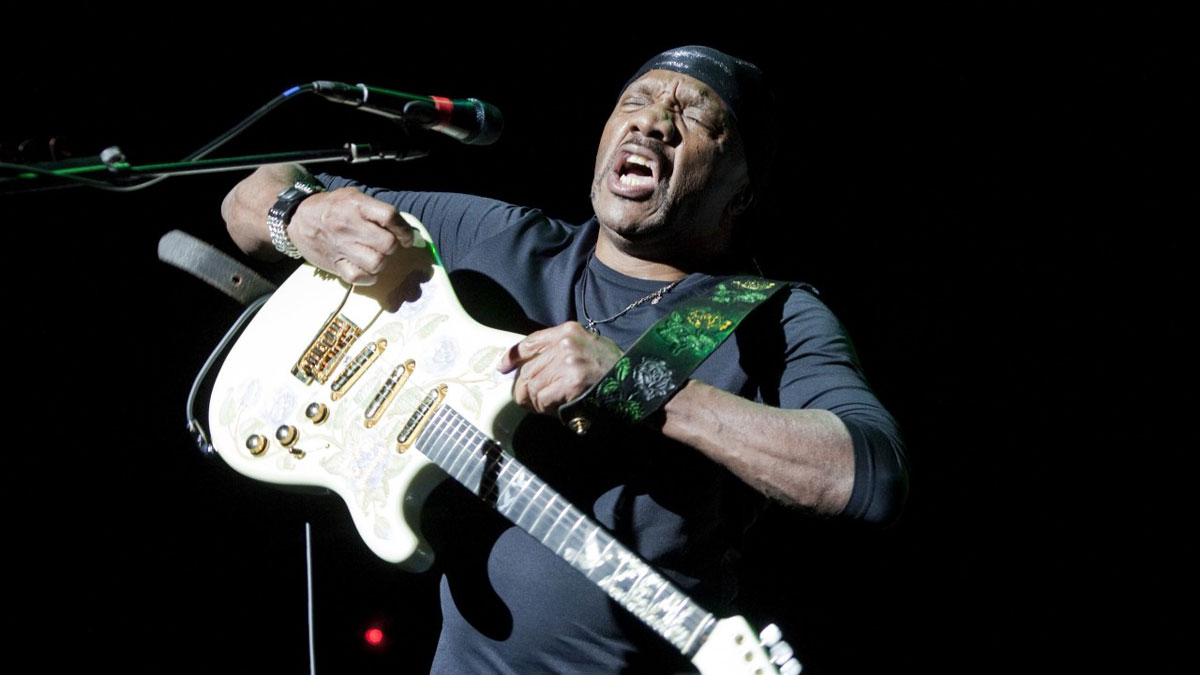
Introduction
As guitarist with psychedelic soul pioneers The Isley Brothers, Ernie Isley’s solos on tracks such as Summer Breeze seemed to shimmer like heat haze, amid blissed-out waves of phaser and fuzz.
Ernie’s style on a Strat is inimitable and effortlessly cool
Ernie grew up in the same house as Jimi Hendrix and says he owes his success on guitar to Jimi’s early guidance. Nonetheless, Ernie’s style on a Strat is inimitable and effortlessly cool.
We joined him to talk about hanging with Jimi, the legendary ‘lost’ first solo on Who’s That Lady and the surreal Strat that came to him in a dream…
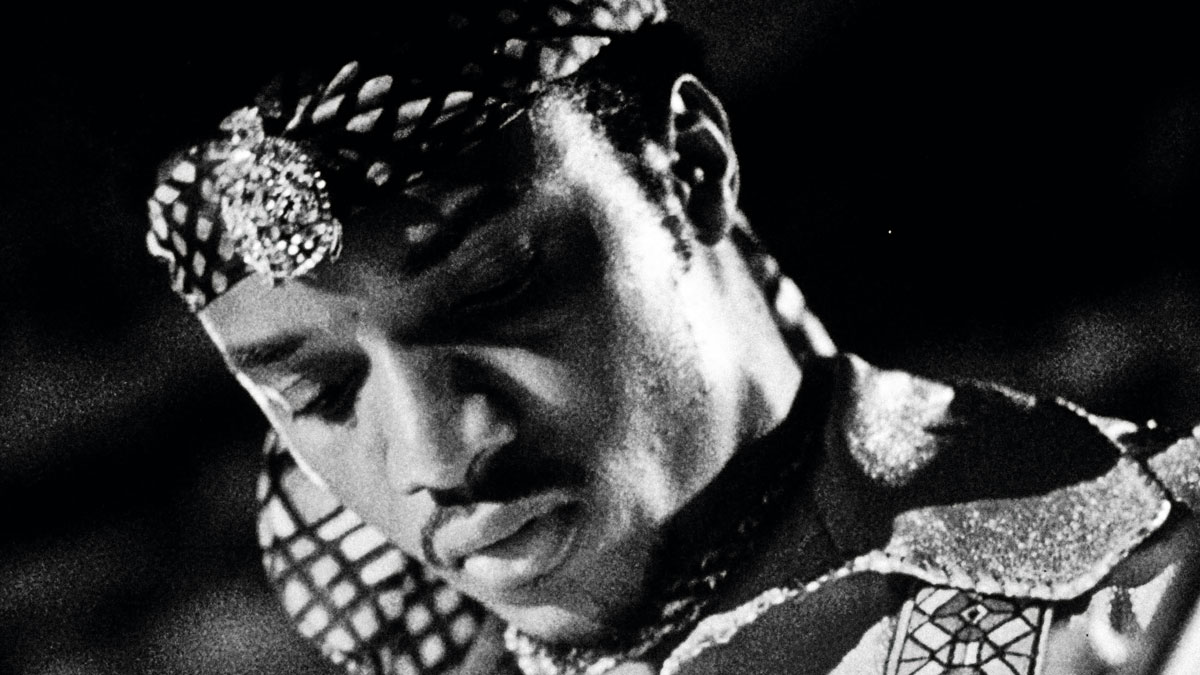
Hendrix At Home
“In 1963, when I was 11 and Jimi Hendrix was about 21, he played with The Isley Brothers. He was with us and lived in our home for two years.
When I’d hear him playing, I’d take my homework or whatever and I’d go hang out where Jimi was
“In fact, his first recording session was with the Isley brothers in ’64 on a song called Testify. I was a kid and when I’d hear him playing, I’d take my homework or whatever and I’d go hang out where Jimi was.
“He wasn’t the Jimi Hendrix we all know now, he was just Jimmy. He was already an amazing player, but I think of Jimi Hendrix as a person I knew, rather than the icon. That’s how I knew him, even though I was just a kid. I really liked hanging out with him, and I could tell he really liked me, probably because I was really curious about what he was up to.
“I mean, he already had that signature E chord that he used later in Purple Haze. I’ve said this before, but I know that if he’d been around when That Lady came out, he would have given me a bear hug and asked me, ‘Where in the hell did you learn that?’ Of course, I would have said, ‘From listening to you.’”
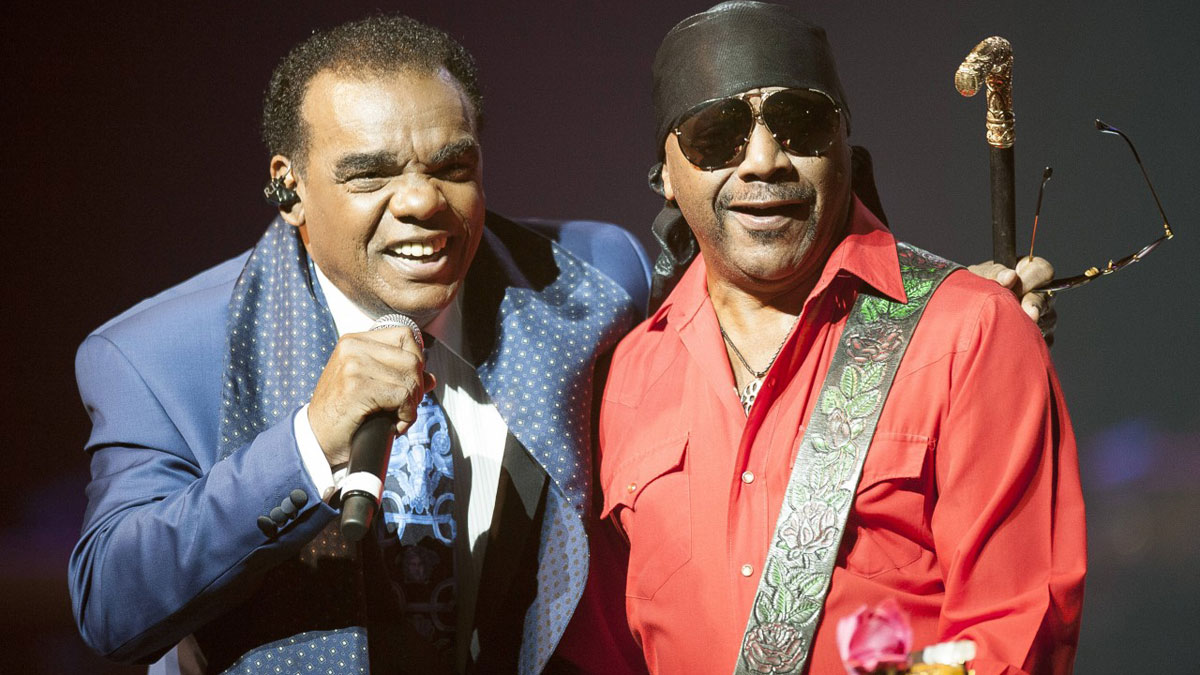
Family Man
“After Jimi went to England and became ‘Jimi Hendrix’ I remember my buddies coming up to me in school and asking me, ‘You know Jimi Hendrix?’
“And I’d tell them that if they’d come by my house a year and a half or so before they would have seen him just about any old day. My mom used to yell at him and make him breakfast! He was part of our household as much as he was part of the Isley Brothers band.”
Drum Major
I was drawn to the drums at first. The kit was a nice-looking ensemble
“I was drawn to the drums at first. The kit was a nice-looking ensemble. It’s a visual instrument. You can see drummers in parades, so that’s what attracted me at first. I started playing at around 12 years old and I played my first live gig on drums with my brothers when I was 14 in Philadelphia, because the drummer that they had had suddenly quit.
“My oldest brother [Kelly] was asking the guys, ‘We gotta find a drummer ASAP – do you all know anybody?’ They said, ‘Yeah, Ernie.’ ‘Ernie? Get out of here.’ ‘Yeah, Ernie plays better than the guy who was playing with us!’
“So they asked if I wanted to play drums behind them! I was like, ‘Are you kidding me? Heat Wave? Dancing In The Street?’ This was 1966. These were huge stars with big hits.”
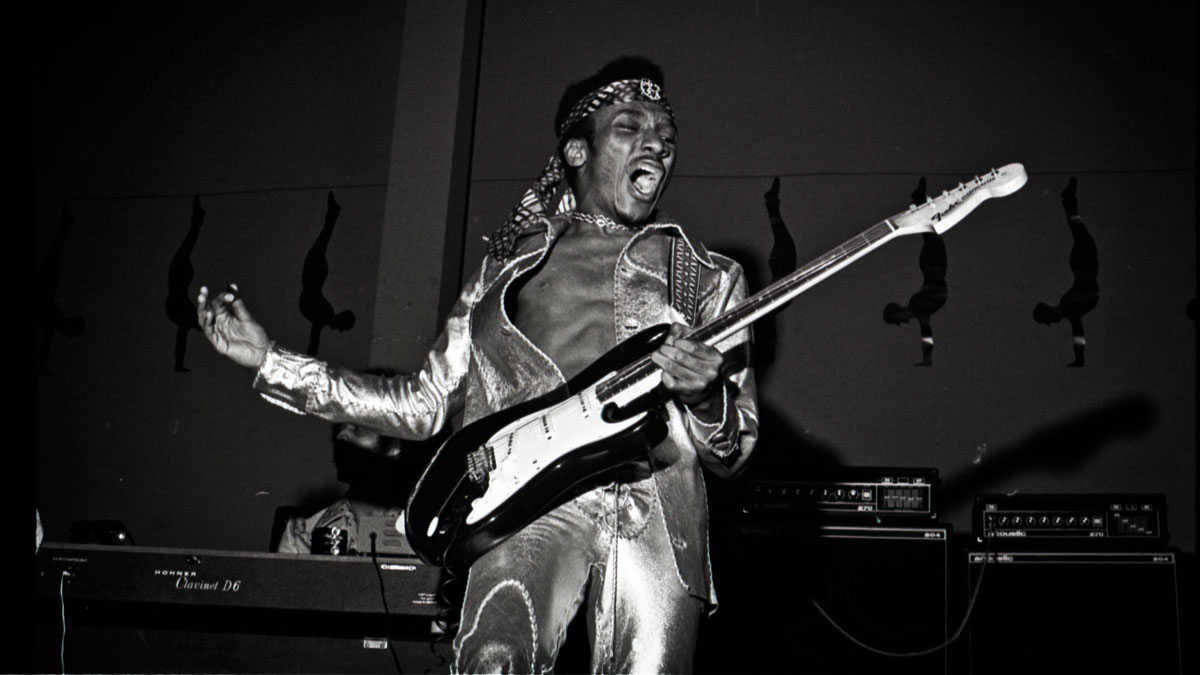
Not Just A Stage
“After we did the Isleys set, in between acts, everybody was saying how well I played. Kelly handed me $50 and said, ‘Go get a hot dog.’
“I was like, ‘Man, $50!’ I had this $50 bill, and I went to the backstage doors with my stage clothes still on, and as I came through the backstage doors, all these girls turned around and screamed at me like I was Justin Bieber. ‘Hey look, it’s him! He was just up there!’ Girls at my school didn’t act like that. I wanted to move to Philly!”
Fire Lighter
I first picked up the guitar after hearing José Feliciano’s version of Light My Fire
“I first picked up the guitar after hearing José Feliciano’s version of Light My Fire. Then I got a 12-string because I wanted to learn Classical Gas and Love Is Blue. And so the group was just going along, and as we got to the Givin’ It Back album [1971], all of a sudden I was playing 12-string acoustic on Love The One You’re With.
“On Nothing To Do [But Today] I was playing six- and 12-string acoustics, and electric guitar, too. We didn’t have a particular roadmap, plan or grand scheme to what we were doing. We were just going along with what we felt.”
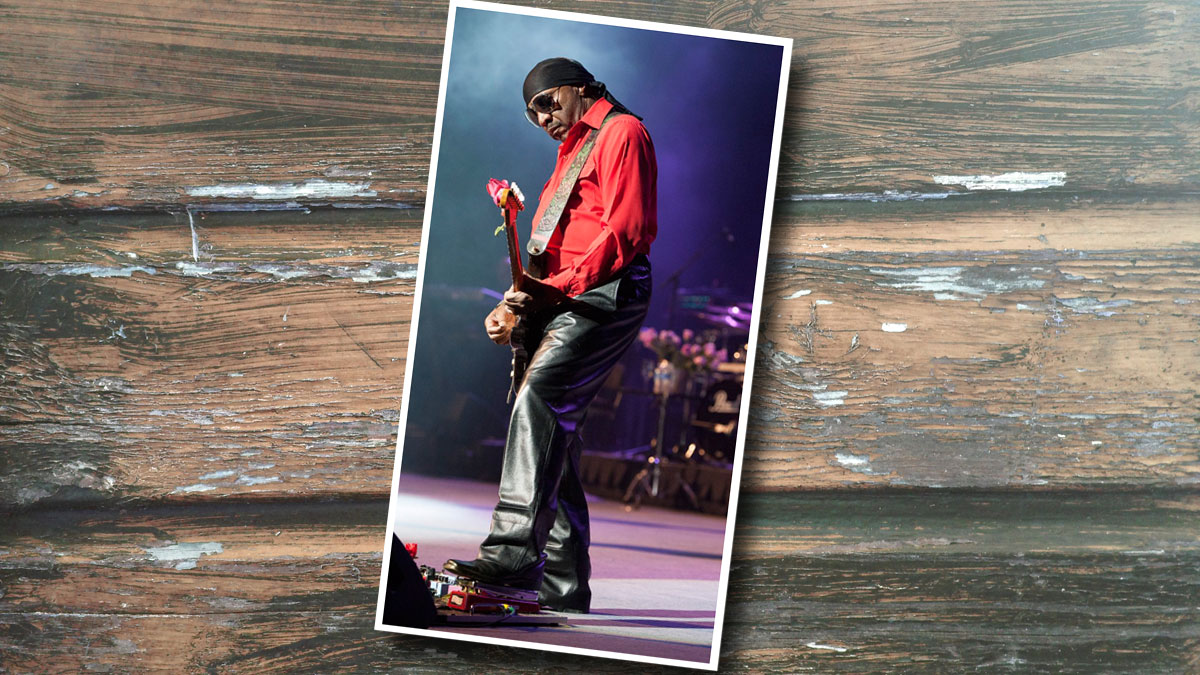
Digging Pitt
“Charles Pitts, the guy who played the wah-wah part on Isaac Hayes’ Shaft, was another big inspiration.
“He played the guitar part on It’s Your Thing, which I played the bass part on. I was 16 years old and I think I learned a lot by watching him. He was a really rhythmic and funky player.”
Eclectic Ladyland
My thing was, you need to listen to a lot of different music – a really broad spectrum of styles
“Eric Clapton and Carlos [Santana] are guys I admire. They can play and they had hits. That’s not as easy to do as people might think. You know, I don’t usually listen to guitar players, though. I listen for a great song. Then I listen to players who elevate that song.
“Curtis Mayfield is another one of those players. Wes Montgomery is another player that I really love. Jimi introduced me to those guys. And I loved José Feliciano when I was starting out. Light My Fire, man. Like I said, I picked up the acoustic guitar first because of him.
“I remember hanging out with my musician friends in study hall when I was learning the guitar and we’d argue because they didn’t like what I was playing or listening to. My thing was, you need to listen to a lot of different music – a really broad spectrum of styles – because then you can draw on all that in your playing. Jimi was like that and that’s why he’s hard to categorise. It’s what made him so unique.”
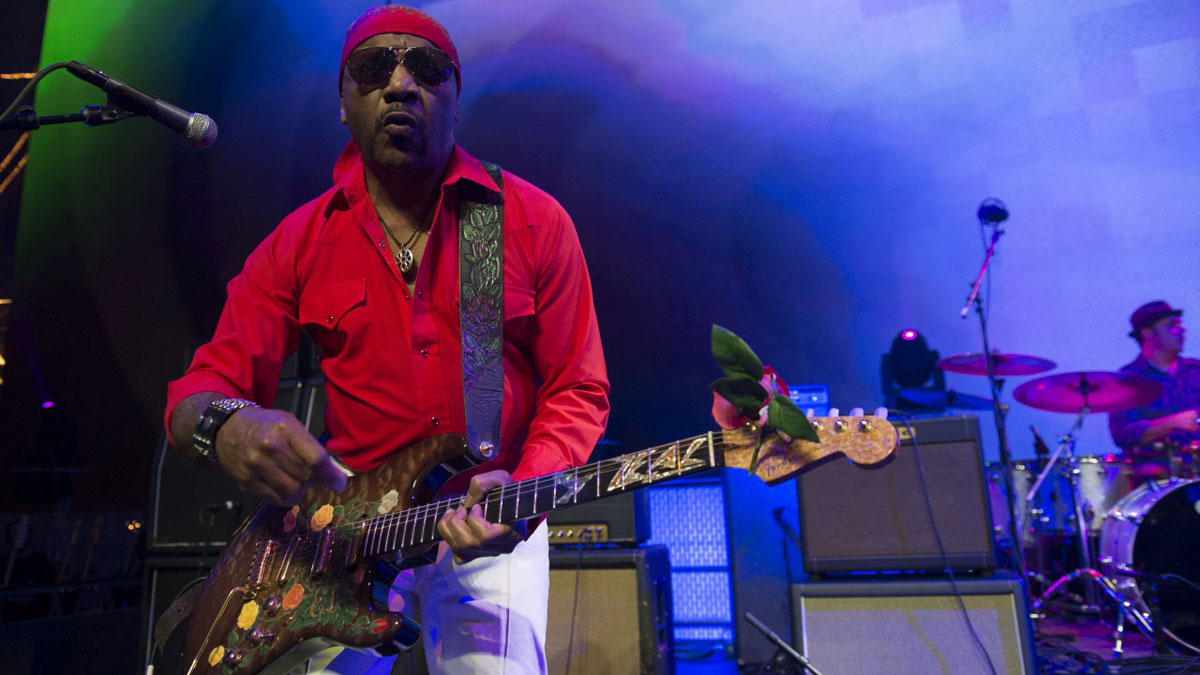
Super Strat
“I was an acoustic guy for a long time while I was learning. Then I got a Fender Strat on Christmas Eve 1971. I did have a Guild before that, but I’ve been a Strat guy all along, pretty much from the age of 19, from that day when I got that Strat.
The Strat is the perfect guitar as far as I’m concerned. It’s not locked into one particular tone
“My brother Ronald – because I was working really hard at developing my chops – called and said, ‘I’ve got a blank cheque for you to go to Manny’s Music in New York and get yourself a Stratocaster.’
“Man, that was a very memorable day. The Strat is the perfect guitar as far as I’m concerned. It’s not locked into one particular tone. It lets you speak through it any way you want.”
Leading Lady
“When we came in with the 3 + 3 album to CBS, and they heard everything for the first time, we said, ‘This is going to be the single, That Lady.’ And they said, ‘Well, it doesn’t sound like it’s your thing, like what you’ve been doing. It doesn’t have saxophones or trumpets.’
3 + 3 was one of those records that surprised a lot of folks
“And if you think about it, it doesn’t sound anything like it’s our thing. It sounds like a brand new group, because the lead guitar sound and all that, for them, was like ‘Whoa, is it R&B? It has R&B elements. Is it rock? It certainly has rock elements. What kind of categories do we put it in?’ And we said, ‘Look, it defies categorisation. It goes everywhere.’
“And it was one of those records that was just like that. It surprised a lot of folks. ‘That’s the Isleys? Wow!’ Because it was a whole other kind of sound, a whole other kind of musical palette we were working with.
“At the time we were just creating, and trying to do something new and different that could be a hit up against our contemporaries. But I guess, at the same time, that’s how we created something that’s turned out to be timeless.”

Lost Take
“There are two takes of That Lady. The first take, I was all over the place, and it changed the whole song. The lead guitar changed the whole track from what it was. I lost it, and the engineers lost it. Everybody else was dumbfounded.
The second take is what’s on the record. The first take was better. It doesn’t exist anywhere now
“My oldest brother, Kelly, was staring at me through the studio glass for, like, 45 minutes without blinking. ‘Play it again!’ I was everywhere. He came out and said, ‘You know, you have to cut back for the vocals.’ I was like, ‘What? Cut back? You’re crazy. Put it out as an instrumental.’ But I did a second take. And I was really pissed off when I did that second take. I didn’t want them to keep it, but they kept it.
“The second take is what’s on the record. The first take was better. It doesn’t exist anywhere now but in the air around the kingdom of heaven. That’s the next time I can hope to hear it, I guess. I remember the engineer’s face when I did that lead. For the sound? Hmm. I used a fuzz box and a phase shifter by Maestro; that was pretty much it.”
Slave To The Rhythm
“I know the solo on That Lady is something people talk a lot about, but I think the best things I do are rhythmic, because when people hear it, they say to themselves, ‘That sounds like Ernie Isley.’ It’s hard to have your own identifiable sound, and I worked hard to find mine, but it’s the kind of thing I think comes from God.”
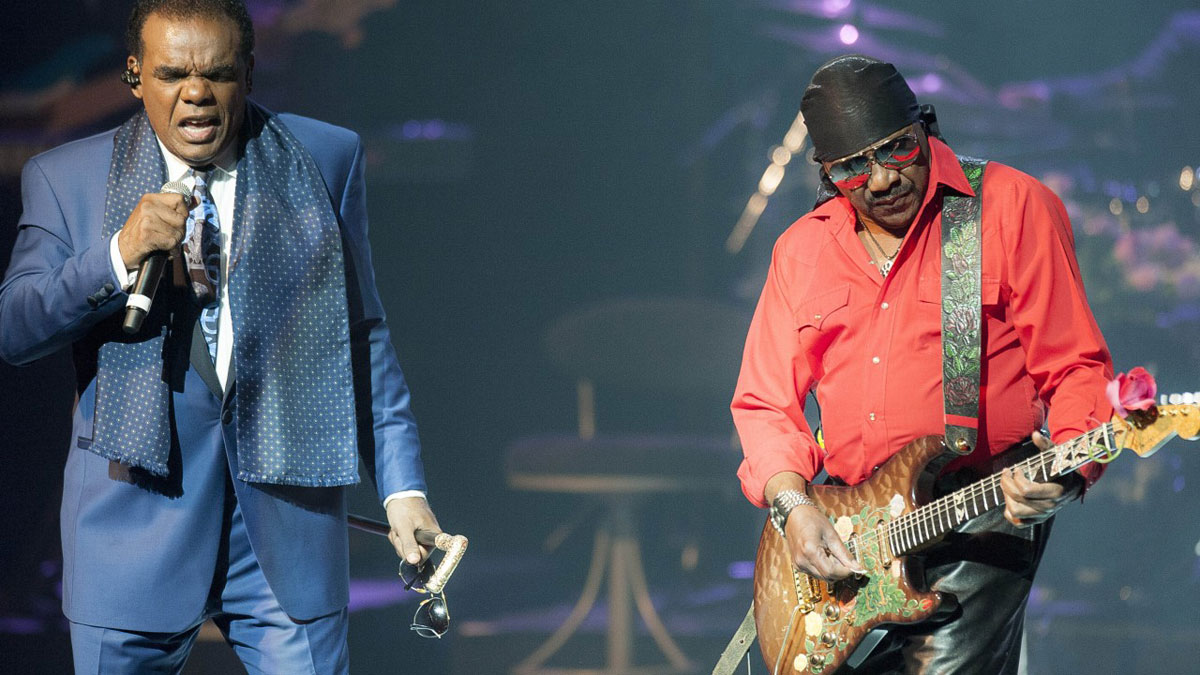
Solo Slot
“CBS listened to the record without seeing the photo – the album cover – and they were like, ‘Man, how can we get that guitar player? He’s a monster.’
“When they found out it was me they wanted me to do a solo album. That was overwhelming for me, emotionally. Mentally, I was not ready to take that on. I think even now, looking back at it, it would have been a leap. Not that I couldn’t do it, but you know, I wasn’t mature enough.
Manic Depression, I remember thinking that that was the way Jimi used to play around our house
“Now I know I could have said, ‘Okay yeah, I’ll talk to my professors, take a day off from college, come down to New York with my Strat and talk to these label guys about some song ideas I’ve got and we can take it from there.’”
Voice Of Experience
“When I did the Experience Hendrix tour much later, in 2011, I did Manic Depression, which apparently no-one had ever even tried to do before that. But I remember when I heard Are You Experienced? and I heard Manic Depression, I remember thinking that that was the way Jimi used to play around our house.
“I knew how he did it, so that was definitely a song I wanted to do. People would tell me they were blown away and I’d just ask them, ‘Haven’t you heard Summer Breeze or Hope You Feel Better Love? Because if you listen to those you’ll know where I’m coming from.’”

Mesa Man
"On the Experience Hendrix tour I believe the amp I used was a recent Fender Twin. But I’m all over the place, so it didn’t matter to me what it was, really.
“If you look at everything I’ve done there’s no one signature sound – just like there’s no Isley’s sound – because it was always changing. But nowadays I usually use a Mesa/Boogie and a Marshall.
I use one for straight rhythm tone, like you hear on That Lady, and I use the other for my leads.
“That’s the two tones that I try to get, pretty much. I use one for straight rhythm tone, like you hear on That Lady, and I use the other for my leads. But I don’t play with either tone exclusively.”
Big Macca
“I ran into Paul McCartney recently. We’d performed and after I’d come off the stage, my wife said, ‘Paul McCartney’s sitting over there.’ He was about three tables away. I went to his table and tapped him on the shoulder. He stood up and gave me a bear hug and he said in my ear, ‘Man, if it weren’t for the Isleys, The Beatles would still be in Liverpool.’ That’s a very gracious dude.”

